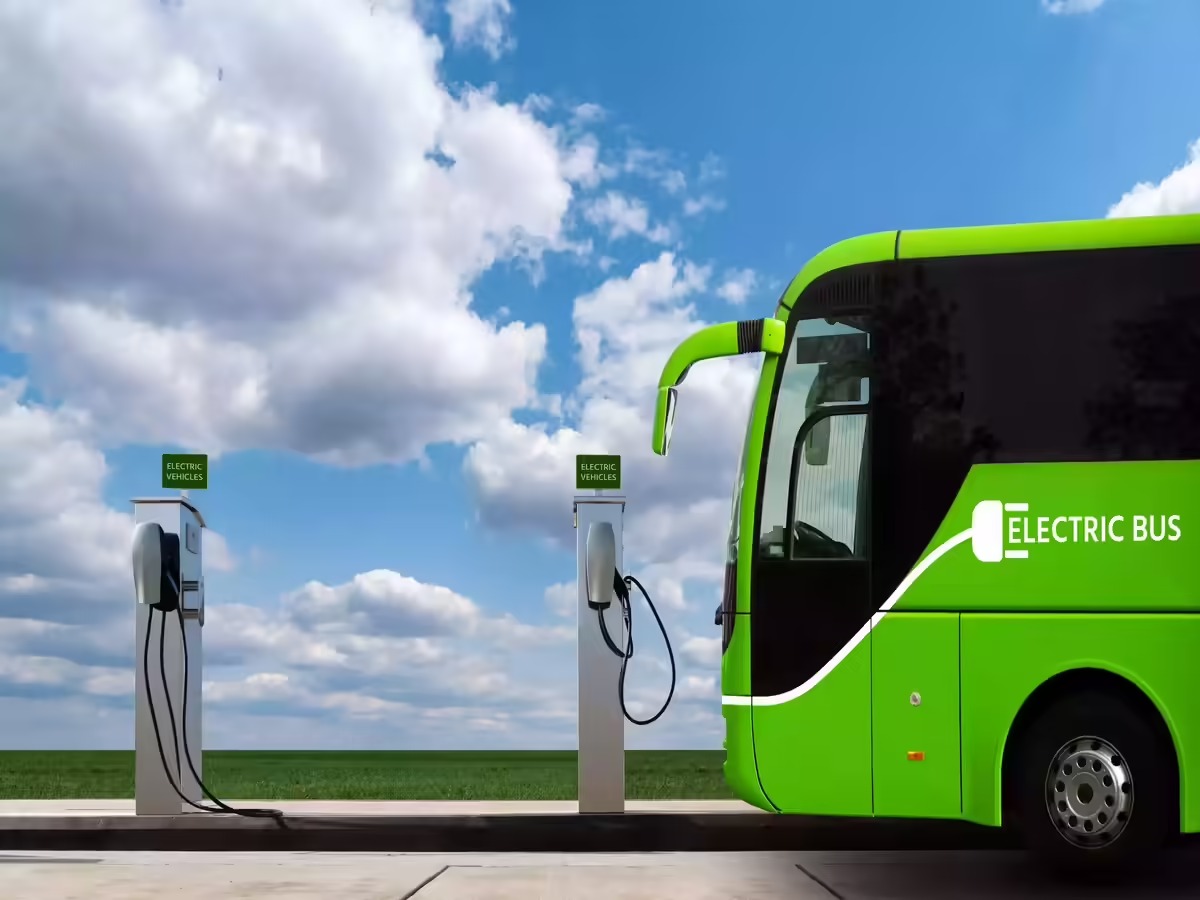India is rolling out an upfront subsidy scheme to reduce the cost of operating electric buses. By shifting from per-kilometer support to direct capital incentives, the government aims to accelerate adoption, ease financial risks for operators, and strengthen its commitment to sustainable urban mobility under the PM e-Bus Sewa program.
India’s electric mobility push is entering a new phase with the government introducing an upfront subsidy model to make electric buses more affordable for operators and city administrations. Traditionally, subsidies were provided on a per-kilometer basis, which often delayed cash flows and created uncertainty for transport agencies. The new approach, announced under the PM e-Bus Sewa initiative, seeks to address these challenges by offering direct capital support at the time of procurement.
This upfront subsidy is designed to reduce the initial cost burden of acquiring e-buses, which remains significantly higher than conventional diesel buses. By lowering entry barriers, the government hopes to encourage wider participation from state transport undertakings and private operators. The Ministry of Heavy Industries has already sanctioned thousands of buses under this scheme, with Bengaluru and Hyderabad securing large allocations.
Key highlights from the initiative include the sanctioning of over 7,000 buses across 14 states and 4 union territories, backed by central assistance for behind-the-meter infrastructure such as charging stations. The Payment Security Mechanism ensures timely operator payments through escrow accounts, reducing financial risks. The scheme also emphasizes city readiness, requiring urban local bodies to demonstrate adequate charging infrastructure and operational planning before receiving allocations.
The PM e-Drive subsidy scheme, extended until 2028 with a budgetary outlay of ₹10,900 crore, further strengthens this effort by focusing on heavy electric vehicles, including buses. Nearly 70 percent of the allocated quota for e-bus subsidies has already been approved, reflecting strong demand and rapid uptake.
India’s upfront subsidy model represents a strategic shift in policy, aiming not only to reduce costs but also to accelerate the transition to cleaner public transport. By combining financial support with operational safeguards, the government is positioning e-buses as a cornerstone of its sustainable urban mobility agenda.
Sources: Mint, Economic Times, Electrive, InsightsIAS, Tubelight Talks
